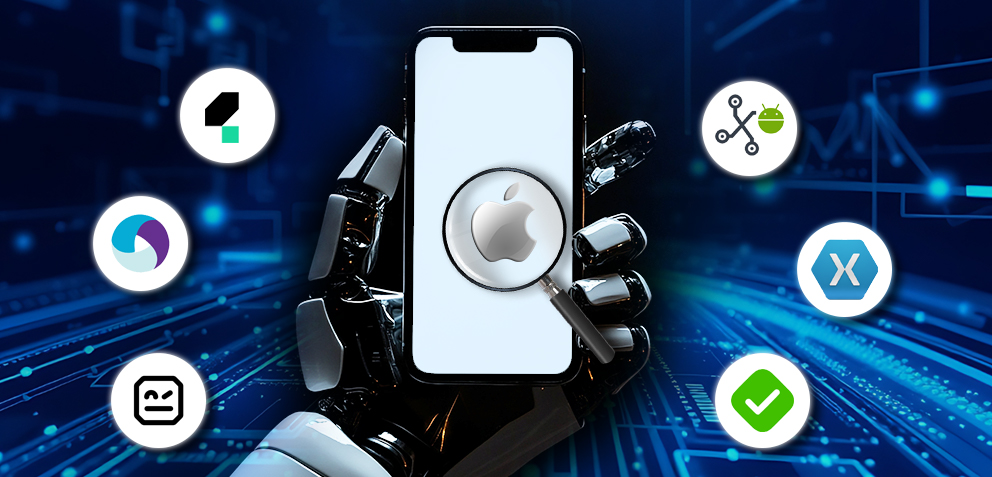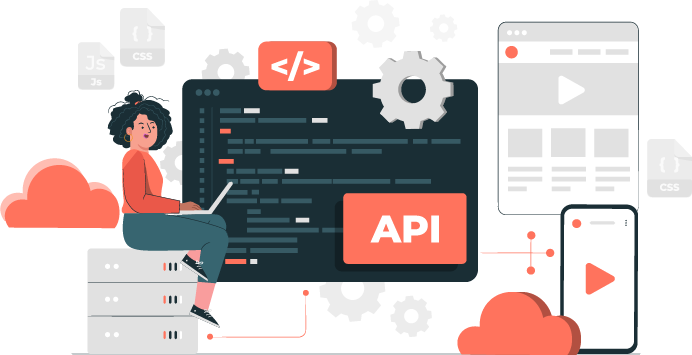Mastering API Testing: A Comprehensive Guide to Success
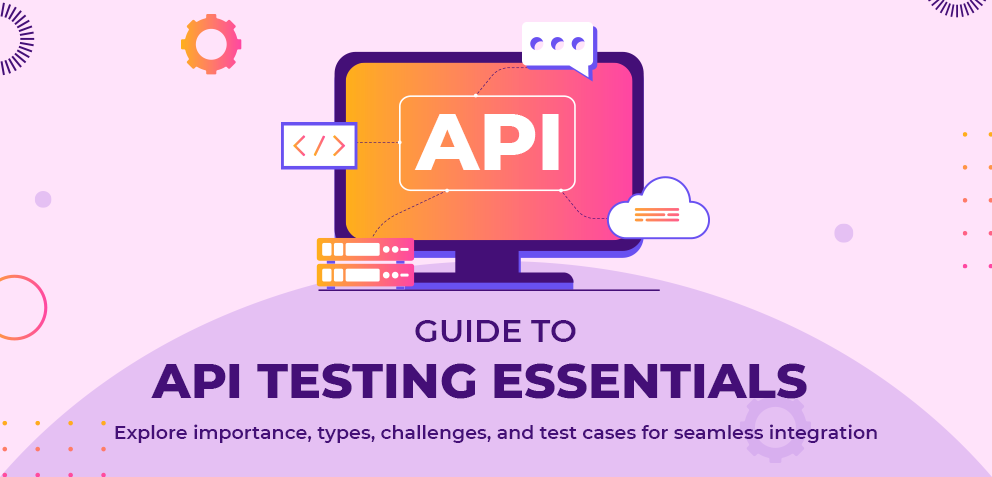
Tags
 Stay In-the-loop
Stay In-the-loop
Get fresh tech & marketing insights delivered right to your inbox.
Share this Article
Category
- .Net Developer
- Adtech
- Android App Development
- API
- App Store
- Artificial Intelligence
- Blockchain Development
- Chatbot Development
- CMS Development
- Cybersecurity
- Data Security
- Dedicated Developers
- Digital Marketing
- Ecommerce Development
- Edtech
- Fintech
- Flutter app development
- Full Stack Development
- Healthcare Tech
- Hybrid App Development
- iOS App Development
- IT Project Management
- JavaScript development
- Laravel Development
- Magento Development
- MEAN Stack Developer
- MERN Stack Developer
- Mobile App
- Mobile App Development
- Nodejs Development
- Progressive Web Application
- python development
- QA and testing
- Quality Engineering
- React Native
- SaaS
- SEO
- Shopify Development
- Software Development
- Software Outsourcing
- Staff Augmentation
- UI/UX Development
- Web analytics tools
- Wordpress Development
In the technical dominant era, API (Application Programming Interface) is indispensable in building complex, strong, and large software applications efficiently. APIs are the secret ingredient for exchanging information and providing effective functionalities between software components with simplified data-sharing processes within multiple platforms and applications. However, with the rising complexity of software systems, it’s essential to do API testing for setting the software quality benchmark.
In this blog, we will provide a comprehensive guide to API testing, explaining the process’s ins and outs.
What is API Testing — A Brief Introduction
What is the Importance of API Testing? — Explore API Testing Significance
A Deep Dive into API Testing Methodologies
Overcoming Roadblocks: API Testing Challenges Explored
API Testing Design Decoded: A Practical Step-by-Step Guide
Beyond the Basics: Advanced Strategies for API Test Case Design
The Bug Bounty: Types of Issues API Testing Discovers
How to Implement API Testing in Your Organization?
What is API Testing — A Brief Introduction
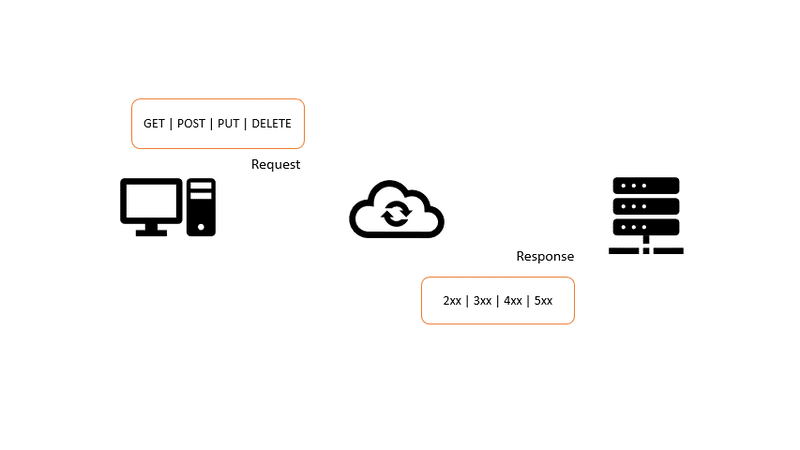
API testing is an approach to evaluate and validate functionality, performance, security, reliability, and more of the Application Programming Interface (API). API mechanism enables software testing of two components, such as functional and non-functional.
- Functional testing is done mainly for testing the prime functionality of API. Here, testers enter specific inputs and check the response against the requirements.
- On the other hand, non-functional testing involves performance testing. Here, API is being tested for specific loads to validate the response time and traffic API handles prior to system overloading.
To put it simply, API performs as a connector between multiple software systems for seamless communication and exchanging of data.
For instance, you are using a developed mobile app for checking any product’s availability in a specific store while doing online shopping. So, the eCommerce mobile app will use the API for connecting that store and bringing data regarding the searched option.
In that scenario, if the API test is not done properly, it will not show accurate information, leading to customer dissatisfaction and loss of brand value.
RELATED READ: Guide 101: Third-Party API Integration in Android Apps
What is the Importance of API Testing? — Explore API Testing Significance
That is a valid question. Let’s uncover the potentiality of API testing in software development.
Performance
This process is essential to understanding reliability and enhanced performance, enabling us to validate whether it can take loads and stress environments consistently without any failure. Hence, this improves the performance of the software before it impacts the end users, measuring the response time and scalability.
All-inclusive Usage
These days, API is becoming popular among people, including marketers, technical background professionals, product managers, and even non-technical background persons. This demands efficient testing of APIs to ensure that the API works as proposed.
Detect Errors Easily
As API testing can be done early in the development circle, that makes it less costly than UI testing. Early testing of APIs can find and fix bugs with prior priority, making a better return on investment (ROI).
Moreover, the successfully executed automated API testing votes for efficient resource consumption, leading to reducing overall testing costs. As API early detects issues, it cuts costs for application charges, allowing QA professionals to focus more on complex problems.
Security
In today’s world, data security is vulnerable. To remove this issue, testing of APIs plays a key role in identifying vulnerabilities and malicious attacks, like injection attacks and cross-site scripting, smoothly ensuring data is protected.
RELATED READ: 2023 Mobile App Development Security: Essential Guidelines
Automation Process
Vastly using sanity and regression test cases, automated test processes can be run in API testing, which is beneficial before it reaches end users.
Time-Saving
As API testing includes changing the required input parameters of the request instead of filling all the details via browser interaction, it is faster and time saver compared to end-to-end or UI testing.
Stability
API is generally considered to be stable and includes documentation, assisting QA testers to adjust the test suites as per their needs. Besides, maintaining API is effortless in comparison to GUI testing.
Test Coverage
As testing for APIs supports automation processes, it has much more potentiality, scopes, and details, streamlining issue detection in interfaces, databases, and servers. This enables enhanced overall software development and quality with better performance.
Extensive Technology Support
Testing of APIs is empowered with language-independent features, assisting QA engineers to select their preferred language that enables Java, JavaScript, Python, PHP, Ruby, and more robust technologies.
By implementing API testing, you can provide a timely, error-free, and quality software application that caters to multiple clients efficiently.
RELATED READ: Python Web App Development Handbook: The Ultimate Guide
A Deep Dive into API Testing Methodologies
As businesses tend to acquire digital solutions more these days, it is essential to do API testing, particularly third-party API. You will find several types of API testing, each focusing on particular aspect goals and ensuring positive results.
Leveraging the right kind of testing for APIs, organizations can understand whether their digital service matches the functional and non-functional test requirements, allowing security, reliability, and smooth operation catering to diverse customers.
Let’s quickly check what types are available.
Functional Testing
This testing offers a specific function testing while maintaining the codebase. This ensures that the API works just fine, involving entering specific inputs and validating the outputs as expected.
UI Testing
This test process involves examining the effectiveness of the UI or user interface integrated with the API. This allows dedicated mobile app developers to validate the usability, effectiveness, and functionality from users’ perspective for enhanced experience. This test is done from the front and back end for a compelling user experience.
Security Testing
This crucial testing focuses on finding the vulnerabilities, threats, and possible risks in the software app development, preventing malicious attacks while mitigating the risks. On-time identification of threats, of course, assists developers in ensuring secure code, making the application tamper-proof. Besides, this test validates authentication and encryption for data privacy.
Error Detection Testing
This API test ensures any early error detection in the application. It monitors, finds errors, and resolves errors while having a strong preventive path for error handling.
Load Testing
This test focuses on understanding the performance graph of the application when it faces high-volume app usage. It creates different test scenarios where the scalability, capacity, and sustainability of the application are tested under huge loads.
This test checks the speed, responsiveness, and loading time for faster performance.
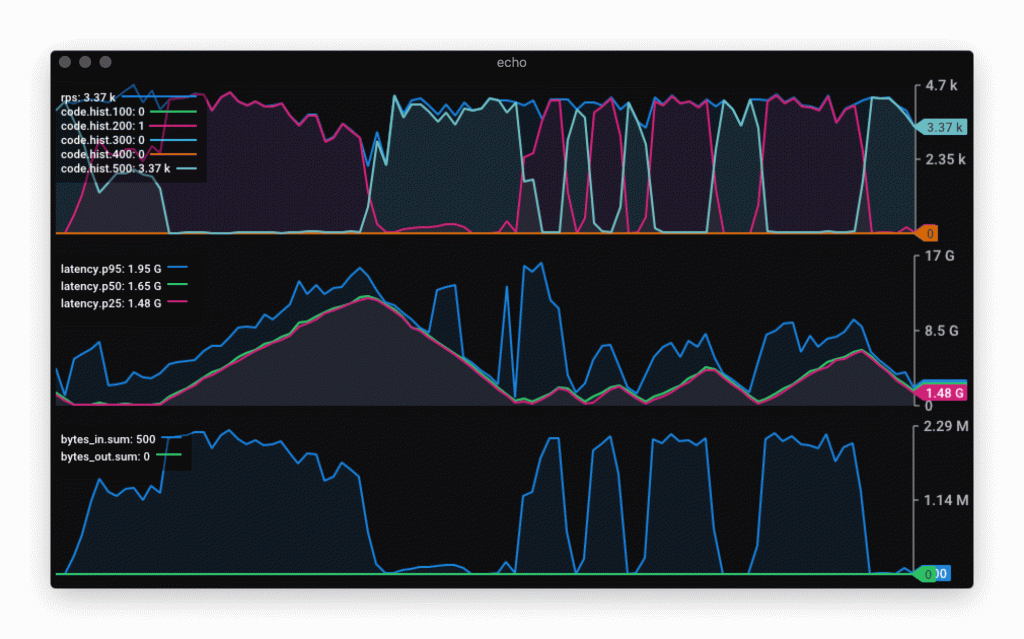
Integration Testing
It ensures third-party API integration with multiple secure payment gateways for quicker and smoother payment processing.
RELATED READ: Payment Gateways Explained: Understand What You Need
Validation Testing
At the end of the mobile app development, this test determines if the API has met the project requirements. It examines the accuracy of API with functionality, security, and whether it is approved for optimized performance.
Overcoming Roadblocks: API Testing Challenges Explored
As mentioned previously, API testing is important for any software development. However, it has its own unique challenges while integrating. So, let’s delve into what are the challenges of API testing.
- Effective Test Data
The first and foremost condition of API testing is to have proper and accurate test data management. Certainly, test data involves precise test cases and test scenarios; failing to do so may become cumbersome.
- API Versioning
Handling old to new version changes can be hectic for API testing. This must be controlled; otherwise, it will lead to application malfunctioning.
- Validate Parameter
Undoubtedly, handling parameter validation sent through API requests is challenging for testers. Testers must verify if the parameters are accurately formatted and examined depending on the numerical data components, value range, length limitation, and validation specifications.
- API Testing Schema
API testing phase must ensure the schema configuration is maintained consistently. They must consider the formatting and data storage enclosed in API requests and responses if there is any update or changes in the application that involve extra parameters for the API calls, required to be aligned with the schema configuration.
- Streamlined API Calls
API calls are required for maintaining specific orders for accurate functionality. It depends on the testers to manage the API call sequence properly while working with different threaded software applications.
- Business Application Logic Knowledge
API demands to obey the rules, guidelines, and regulations, including rate limitation, storage policy, etc. Testers must be well aware and acquainted with the business logic, requirements, rules, and guidelines, ensuring test goals are fulfilled.
RELATED READ: Manual vs Automated Testing: What’s Best for You?
API Testing Design Decoded: A Practical Step-by-Step Guide
API test design follows a few systematic steps; failing to do so may hamper the entire API testing, ultimately leading to application failure. So, do follow the below-mentioned test design steps for a better outcome.
Step 1: Effective Test Design Techniques
- Specify test design techniques, such as image grouping, picture testing, check temperature sensor, etc.
Step 2: Test Coverage
- Do cover all the possible and essential parts of API. You can test multiple functionalities and features of API, which is like adventuring in a new city you visited.
Step 3: Prioritize Your Testing Goal
- Maintain a to-do list of urgent work, such as challenging test scenarios. This enables you to focus more on the important tasks first, prioritizing them the most, allowing you to resolve critical issues that will have a direct impact on the application and customers.
Step 4: Create Test Cases
- Start making effective test cases that are easily comprehensive and implemented, like writing concise and easy instructions for downloading your favorite TV series.
- Just like both sides of the coin, start taking positive and negative test scenarios seriously. This allows you to be prepared for different yet challenging results.
- As the director of your drama club in school or college, start preparing for different environments for testing.
Step 5: Write Test Codes
- You can select a programming language like Python and start using libraries like ‘requests’ for connecting with API, enabling you to have a star code language to interact with API.
- Start writing code that can send requests to the API and check the responses you are getting, making you feel like you are playing a game on the computer where you input one instruction and check the outcome.
Beyond the Basics: Advanced Strategies for API Test Case Design
So, what are the test cases of API? Till now, we talked about the opportunities and challenges of testing different APIs. Honesty, that’s not enough we understand. You must have clarity about the test cases of API testing before jumping into the actual process of testing APIs, especially for third-party APIs.
Code Validation
Measure whether the API responds to the expected status code, such as ‘200 OK.’ This is essential to determine whether the API returns with a valid and formatted request.
Error Handling
Check the error handling capacity of API by deliberately creating errors for verification. You can create invalid, unexpected, or unnecessary situations and examine if it returns with a proper error message pop-up for troubleshooting.
JSON/XML Format Validation
Validate if the API returns any responses in the defined format (JSON or XML) without any failure and strictly follows the specified schema for the data structure.
Handling Complex Data
Understand if the API can handle complex and high-volume data or strings, like URLSs, test fields, etc, without any data maintenance failure.
Authentication and Authorized Test
You must measure the accurate authentication that API enforces for every endpoint and be certain that your users are availing those resources that they are enabled to access.
Scalability and Latency Test
To maintain the performance of software applications, testers must improve the load gradually and check how the API is scaled up by adding resources, such as servers, etc. You can verify the network latency between clients and the API server for maintaining low latency for users.
The Bug Bounty: Types of Issues API Testing Discovers
API testing is a great source for detecting bugs that hampers the performance of the software application. So, which bugs does the API detect?
- Spots duplicate or repeated and missing features.
- Examines if the messages sent between multiple software components are accurate and proper.
- Checks security and safety issues in the software application. Detects vulnerabilities preventing unauthorized access to the application.
- Scrutinizes how the software is performing. Finds out which is slowing down the responses and this, the application.
- Finds issues like crashes or memory leaks, making the software unexpectedly stop working. It supports a stable and reliable software application.
- It checks if the application is empowered to handle multiple threads simultaneously.
- Look for errors that can abruptly stop the software work, ensuring an error-free experience.
RELATED READ: Crowd-Sourced Testing 101: A Game-Changer for QA
How to Implement API Testing in Your Organization?
Implementing API testing is crucial for faster and better software performance. Here’s how you can introduce this within your organization.
- You must escalate the advantages of API testing with your team and discuss the improved reliability, flexibility, security, performance, faster deployment circle, and integration.
- Understand where API testing integration can add value to the business.
- Do extensive study and identify the API testing tools. Ensure that you do it in terms of compatibility, easy usage, strong community support, and more aspects.
- Develop API testing knowledge and conduct training sessions for educating employees.
- Your organization can start with pilot products to encourage employees.
- Have a well-defined strategy and framework for API testing.
- Start automating tests for sustainability and effectiveness.
- Check out performance, analyze the loopholes, and incorporate effective changes.
- Stay updated with new tools and trends and stay ahead.
Final Thoughts
Long story short, API testing serves an important role in the testing world with potential scopes. The well-sequenced API calls can pave the way for the automation process, enabling old APIs not to impact the new APIs. This enhances software application flow, where the dedicated software development service team gets quicker feedback. With robust API testing, particularly third-party API testing, the software testing world is more disrupted than ever!
